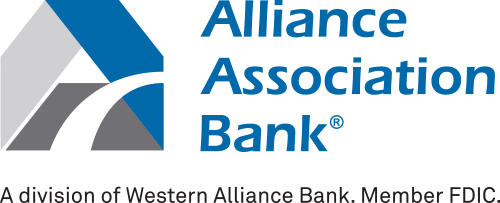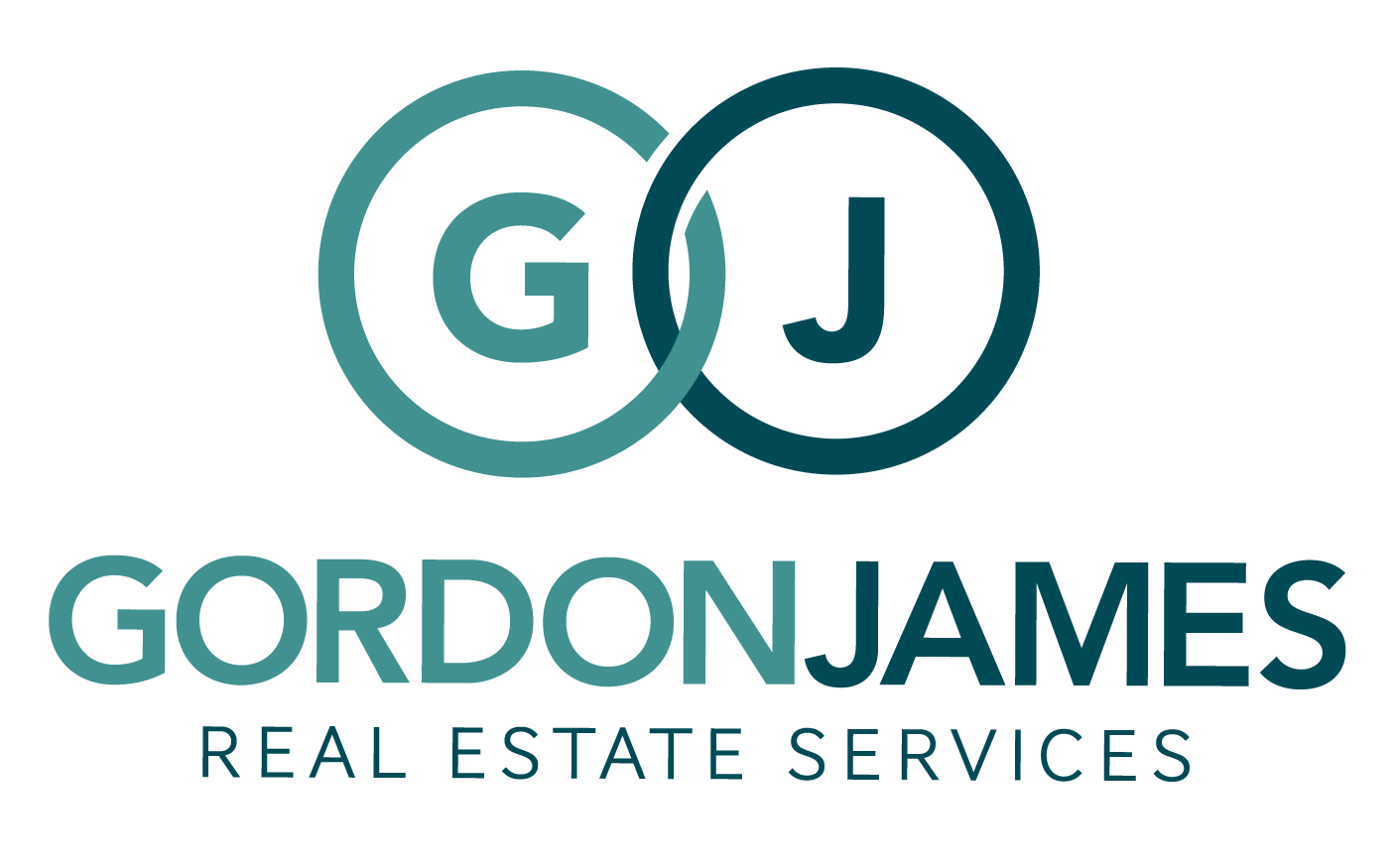Familiarity with state laws is paramount to successful HOA management. Homeowners associations in Alaska, in particular, should know about the different acts that govern them. Read about the Alaska HOA laws below.
How to Form an HOA in Alaska
To create a common interest community in Alaska, associations must file the community Articles of Incorporation with the state commissioner. This document should consist of the complete details about the association. According to the Alaska Statutes Section 10.20.151, the Articles of Incorporation must include the name of the community, the community’s rules and regulations, and provisions limiting board members’ personal liability, among other things.
Alaska HOA Laws for Horizontal Property Regimes
The Alaska Horizontal Property Regimes Act can be found in the Alaska Statutes § 34.07.010. This Act determines how horizontal property regimes must be created, managed, and operations. It also outlines the powers of these properties. Associations can choose to be governed by this Act through the process of recording a Master Deed or Declaration.
This Act consists of seven articles, with sections falling under each article. Below, you will find the articles and sections of the Alaska Horizontal Property Regimes Act.
Article 1 – Formation Of Horizontal Property Regimes
- This chapter applicable only if declaration executed and recorded.
- Contents of declaration.
- Filing and recording of survey map and floor plans with verified statement.
- Amendment to declaration in place of verified statement by architect or engineer regarding floor plans.
- Form of floor plans.
- Survey map and floor plans subject to state and local laws.
- Recording of instruments affecting horizontal property regimes.
Article 2 – Apartment Ownership And Conveyancing
- Apartment classified as real property.
- Apartment ownership and possession.
- Separation of apartment ownership from common areas and facilities ownership prohibited.
- Release or partial release from encumbrance affecting apartment with first conveyance; partial waiver of lien claims.
- Liability of grantee for unpaid common expenses at time of conveyance.
- Person obtaining possession upon foreclosure of apartment not liable for common expenses.
- Grantee entitled to statement of unpaid assessments.
- Contents of apartment deed.
Article 3 – Common Areas and Facilities Owned With Apartments
- Common areas and facilities ownership.
- Nonexclusive easement to use common areas and facilities.
- Alteration of common areas and facilities ownership.
- Partition of common areas and facilities ownership prohibited.
- Maintenance, repair, and replacement of common areas and facilities.
- Waiver of liability for share of common expenses prohibited.
- Collection of unpaid common expenses from apartment owner.
- Unpaid common expense is lien on apartment; order of lien priority.
- Common expense lien foreclosure.
- Action to recover a judgment for unpaid common expenses does not waive lien.
- Causes of action relating to common areas and facilities.
- Service of process on two or more apartment owners.
- Receipts and expenditures records to be kept.
- Examination by apartment owner of receipts and expenditures.
Article 4 – Damage or Destruction Of Property
- Determination to be made by apartment owners if property destroyed.
- Action for partition if apartment owners fail to act.
- Distribution of funds from partition sale.
Article 5 – Removal Of Property From The Horizontal Property Regime
- Removal of property from the provisions of this chapter.
- Ownership of property upon removal from the provisions of this chapter.
- Removal of property does not bar subsequent resubmission under this chapter.
Article 6 – Miscellaneous Provisions
- Strict compliance with bylaws by apartment owner necessary.
- Unanimous consent of all apartment owners needed for certain work on individual apartment.
- Common profits and expenses shared by apartment owners.
- Persons subject to this chapter.
- Insurance of property.
- Liens against property, apartments, common areas, and facilities.
- Removal of lien against two or more apartments.
- Assessment and taxation of apartments.
- Interpretation of local ordinances, resolutions, or zoning laws.
Article 7 – General Provisions
Alaska HOA Laws for Common Interest Communities
The Alaska Uniform Common Interest Ownership Act, also known as the AUCIOA, governs the creation, management, authority, and operations of common interest communities formed after January 1, 1986. This includes homeowners associations, condominiums, real estate cooperatives, and other planned communities.
Some of the items that the AUCIOA covers include the responsibilities of board members and officers, the maintenance of the community, meeting guidelines, voting, proxies, and how to handle surplus funds. It also provides guidance on assessments and the liens for assessments.
Below, you will find the articles and sections of the Alaska Uniform Common Interest Ownership Act.
Article 1. Applicability.
- Generally.
- Small cooperatives. [Repealed, § 10 ch 61 SLA 1986.]
- Limited expense liability planned communities.
- Prohibited subdivisions.
- Preexisting common interest communities.
- Small preexisting cooperatives and planned communities.
- Governing instruments.
- Nonresidential common interest communities.
- Out-of-state common interest communities.
Article 2. Creation, Alteration, and Termination of Common Interest Communities.
- Creation of common interest communities.
- Unit boundaries.
- Construction and validity of declaration and bylaws.
- Description of units.
- Contents of declaration.
- Leasehold common interest communities.
- Allocation of allocated interests.
- Limited common elements.
- Plats and plans.
- Exercise of development rights.
- Alterations of units.
- Relocation of boundaries between adjoining units.
- Subdivision of units.
- Easement for encroachments.
- Use for sales purposes.
- Easement rights.
- Amendment of declaration.
- Amendment of a declaration where fewer than 50 percent of unit owners approve.
- Termination of common interest community.
- Rights of secured lenders.
- Master associations.
- Merger or consolidation of common interest communities.
- Addition of unspecified real estate.
Article 3. Management of the Common Interest Community.
- Organization of unit owners’ association.
- Powers of unit owners’ association.
- Executive board members and officers.
- Transfer of association control.
- Transfer of special declarant rights.
- Termination of contracts and leases of declarant.
- Bylaws.
- Upkeep of common interest community.
- Meetings.
- Quorums.
- Voting and proxies.
- Tort and contract liability.
- Conveyance or encumbrance of common elements.
- Insurance.
- Surplus funds.
- Assessments for common expenses.
- Lien for assessments.
- Other liens.
- Association records.
- Association as trustee.
Article 4. Protection of Purchasers.
- Applicability.
- Liability for public offering statement requirements.
- Public offering statements generally.
- Common interest communities subject to development rights.
- Time shares.
- Common interest communities containing conversion property.
- Common interest community securities.
- Purchaser’s right to cancel.
- Resales of units.
- Escrow of deposits.
- Release of liens.
- Conversion property.
- Express warranties of quality.
- Implied warranties of quality.
- Exclusion or modification of implied warranties of quality.
- Statute of limitations for warranties.
- Effect of violations on rights of action.
- Labeling of promotional material.
- Declarant’s obligation to complete and restore.
- Substantial completion of units.
Article 5. General Provisions.
- Variation by agreement.
- Separate titles and taxation.
- Applicability of local ordinances, regulations, and building codes.
- Eminent domain.
- Supplemental general principles of law applicable.
- Construction against implicit repeal.
- Uniformity of application and construction.
- Severability.
- Unconscionable agreement or term of contract.
- Obligation of good faith.
- Remedies to be liberally administered.
- Adjustment of dollar amounts.
- Transfer of unit in a cooperative.
- Definitions.
- Short title.
Alaska HOA Laws on Corporate Governance
When it comes to corporate procedure and structure, Alaska homeowners associations should look to the Alaska Nonprofit Corporation Act. Such associations are typically formed as non-profit organizations. For any topics not covered in the AUCIOA, associations should look to the Alaska Nonprofit Corporation Act.
There are 11 articles under this Act, each one further divided into sections.
Article 1. Substantive Provisions.
- Purposes.
- Corporations organized under Alaska Native Claims Settlement Act.
- General powers.
- Defense of ultra vires.
- Corporate name.
- Registered office and registered agent.
- Filing list of corporations.
- Change of registered office or agent.
- Change of location or resignation of registered agent.
- Service on corporation.
- Members and liability of directors, officers, employees, and members.
- Bylaws.
- Meetings of members.
- Notice of meetings.
- Voting; quorum.
- Quorum of members.
- Board of directors.
- Number of directors.
- Membership and term of office of first board of directors.
- Election and terms of directors.
- Vacancies.
- Quorum of directors.
- Executive committee.
- Place and notice of directors’ meetings.
- Officers.
- Removal of officers.
- Books and records; inspection.
- Shares of stock and dividends prohibited; compensation, benefits, and distributions.
- Loans to directors and officers prohibited.
Article 2. Formation of Corporations.
- Incorporators.
- Articles of incorporation; relationship to bylaws; director liability.
- Provisions considered to be in articles of incorporation by operation of law; option to exclude provision.
- Filing of articles of incorporation.
- Effect of issuance of certificate of incorporation.
- Organizational meeting of directors; first meeting of members.
Article 3. Amendment.
- Right to amend articles of incorporation.
- Procedure to amend articles of incorporation.
- Articles of amendment.
- Filing of articles of amendment.
- Effect of certificate of amendment.
- Restated articles of incorporation.
- Execution of restated articles of incorporation.
- Contents of restated articles of incorporation.
- Filing of restated articles of incorporation with commissioner.
Article 4. Merger, Consolidation, and Disposition of Assets.
- Merger.
- Procedure for merger.
- Consolidation.
- Procedure for consolidation.
- Adoption of plan of merger or consolidation.
- Abandonment of plan of merger or consolidation.
- Execution of articles of merger or consolidation.
- Contents of articles of merger or consolidation.
- Filing of articles of merger or consolidation with commissioner.
- Effective date and effect of merger or consolidation.
- Merger or consolidation of domestic and foreign corporations.
- Law applicable when domestic and foreign corporations merge or consolidate.
- Effect of merger or consolidation of foreign and domestic corporations.
- Sale, lease, exchange, mortgage, or other disposition of assets.
- Other transactions.
Article 5. Dissolution.
- Voluntary dissolution.
- Distribution of assets.
- Plan of distribution.
- Revocation of voluntary dissolution proceedings.
- Articles of dissolution.
- Filing of articles of dissolution.
- Effect of certificate of dissolution.
- Grounds for involuntary dissolution.
- Notification to attorney general. [Repealed, § 35 ch 170 SLA 1976.]
- Notice to corporation.
- Action for involuntary dissolution. [Repealed, § 37 ch 170 SLA 1976.]
- Removal of ground for dissolution.
- Jurisdiction and process. [Repealed, § 39 ch 170 SLA 1976.]
- Jurisdiction of court to liquidate assets and business of corporation.
- Action by members for liquidation.
- Action by creditor for liquidation.
- Liquidation on application by corporation.
- Liquidation in action by attorney general for dissolution. [Repealed, § 41 ch 170 SLA 1976.]
- Joinder of members not mandatory.
- Procedure in liquidation of corporation by court.
- Appointment of receiver; powers.
- Disposition of assets or proceeds.
- Powers and duties of receiver.
- Compensation of receiver and attorneys.
- Power of receiver to sue and defend.
- Exclusive jurisdiction of appointing court.
- Qualifications of receivers.
- Filing of claims in liquidation proceedings.
- Discontinuance of liquidation proceedings.
- Decree of involuntary dissolution.
- Filing of decree of dissolution.
- Deposit with commissioner of amount due creditors or members.
- Survival of remedy after dissolution.
- Continued existence for certain purposes.
Article 6. Foreign Corporations.
- Certificate of authority required.
- Activities not constituting transacting business in the state.
- Equal status as domestic corporations.
- Corporate name of foreign corporation.
- Assumed corporate name.
- Change of name by foreign corporation.
- Application for certificate of authority.
- Contents of application.
- Form and execution of application.
- Filing of application for certificate of authority.
- Effect of certificate of authority.
- Registered office and registered agent of foreign corporation.
- List of foreign corporations and registered offices and agents.
- Change of registered office or registered agent of foreign corporation.
- Execution, filing, and effective date of statement.
- Service of process on foreign corporation.
- Service on commissioner.
- Records of commissioner.
- Procedure not exclusive.
- Amendment of articles of incorporation of foreign corporation.
- Merger of foreign corporation authorized to transact business in the state.
- When amended certificate of authority required.
- Withdrawal of foreign corporation.
- Contents of application for withdrawal.
- Form and execution of application for withdrawal.
- Filing of application for withdrawal.
- Effect of certificate of withdrawal.
- Grounds for revocation of certificate of authority.
- Limitations on revocation of certificate of authority.
- Issuance of certificate of revocation.
- Effect of certificate of revocation.
- Transacting business without certificate of authority as a bar to right to sue.
- Transacting business without certificate of authority not affecting validity of contract or act, and right to defend.
- Liability to state for transacting business without certificate of authority.
Article 7. Biennial Reports and Notices.
- Biennial report of domestic and foreign corporations.
- Contents of biennial report.
- Filing of biennial report of domestic and foreign corporations.
- Filing notice of change of officers or directors.
Article 8. Fees and Charges.
- Department fees.
- Fee for certified copies of instruments.
- Accounting and disposition of fees. [Repealed, § 28 ch 90 SLA 1991.]
Article 9. Penalties.
Article 10. Miscellaneous Provisions.
- Interrogatories by commissioner; certification to attorney general regarding violation.
- Disclosure of interrogatories, answers, and information.
- Notice of and appeal from disapproval of document.
- Appeal from revocation of certificate of authority.
- Cancellation of certificates issued and filings accepted.
- Certificates and certified copies to be received in evidence.
- Use of forms furnished by the commissioner.
- Greater voting or concurrence requirements.
- Waiver of notice.
- Action by members or directors without a meeting.
- Unauthorized assumption of corporate powers.
Article 11. General Provisions.
- Powers of commissioner.
- Applicability to domestic and foreign corporations.
- Application to foreign and interstate commerce.
- Definitions.
- Short title.
Fair Housing
The Alaska HOA laws on Fair Housing protects persons from discrimination. It is similar to the federal Fair Housing Act, which states that housing providers can’t discriminate based on race, color, national origin, sex, religion, disability, or familial status.
In addition to these classes, the HOA laws of Alaska also extends to marital status, pregnancy, and age. Those who believe they have been discriminated against by their homeowners association can file a complaint with the U.S. Department of Housing and Urban Development or with the Alaska State Commission for Human Rights. Alternatively, residents may use private methods such as the filing of a lawsuit against the HOA in federal or state court.









